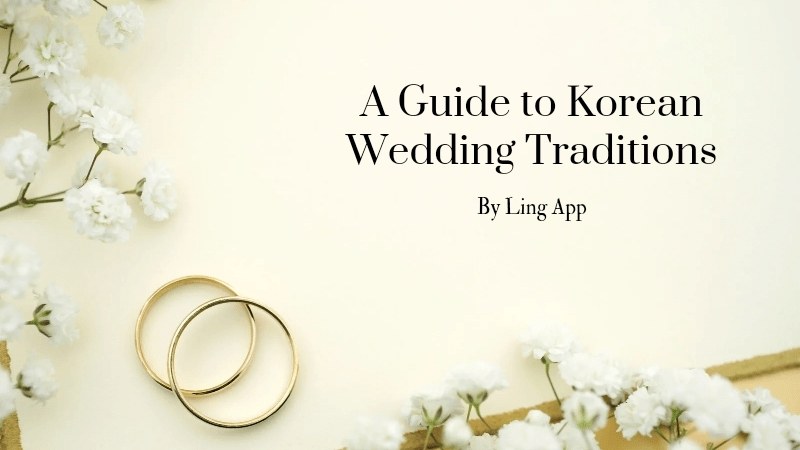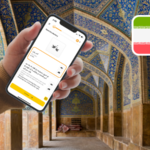Got invited to join a traditional Korean wedding ceremony? We got you covered! Before you waltz your way, allow me to share with you essential information about this joyous event. You see, the wedding ceremony is always a necessary part of any Korean wedding, and there are many different styles to choose from. We will learn more about this in the sections below, so keep reading.
Korean culture has a lot of different aspects when it comes to weddings- from the food to the clothing and traditions. You can explore Korean culture by going to a Korean restaurant or seeing what they wear on a day-to-day basis.
However, one of the most important aspects of Korean culture is how close-knit they are as a society. Therefore, it might not be surprising that marriage is not just about two people getting married in Korean tradition – it’s about two families joining together. Most of the Korean wedding traditions will reflect this phenomenon of the unity of families and emphasize its importance.
This section will give you an overview of Korean weddings. It will outline the traditional parts of the wedding ceremony and provide some helpful advice about the most critical aspects of formal and modern Korean weddings.
Korean Pre-Wedding Traditions
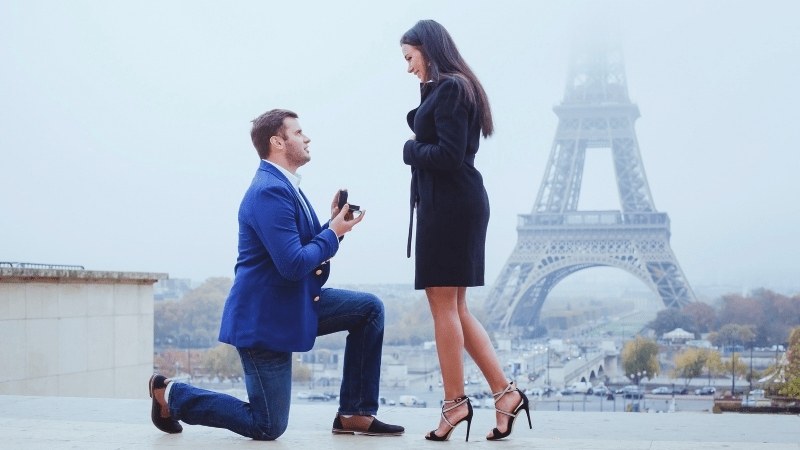
Korea has a rich tradition of traditional values, but it is also a modern country with the latest technologies. Koreans are constantly balancing the two to maintain their culture, which evolves over time. Traditionally, family comes first in Korea, and there is a high emphasis on respecting elders. This has translated to an environment where people are very family-oriented and respectful of one’s parents, family, and ancestors.
After considering this essential part of Korean culture, it is easier to understand the importance of many Korean wedding traditions, such as matchmaking, the concept of engagement before the official marriage ceremony, Pyebaek, and others.
Matchmaking
A matchmaker’s role varies depending on the region of Korea the wedding is being held in.
In Western Korea, the matchmaker will not be involved in the ceremony at all. Instead, they are usually involved in assisting with the couple’s dating process and often set up meetings for them.
In Eastern Korea, however, it is common for a matchmaker to participate in some of the wedding ceremony events, such as meeting with the groom’s family to negotiate terms of engagement or giving gifts to the bride’s family on behalf of the groom.
The matchmaking ritual is called honsimari. On this occasion, the groom’s father or any respectable groom’s family usually asks the bride’s parents for their daughter’s hand. The goal is to confirm that she agrees to marry their son.
A part of this custom is to bring traditional food, some alcohol or sweets with them. If the bride’s family agrees and the consent is mutual, it is time for the next exciting stage of their wedding journey – setting a date for the engagement ceremony.
Engagement Ceremony
The engagement ceremony is traditionally called cenchi, a small feast that precedes a Korean wedding ceremony. After the ritual is over, the couple is already considered a bride and groom, and they are viewed as husband and wife by society’s standards.
The groom’s family presents the bridal gifts, and the most crucial wedding steps are established during the engagement ceremony. Those steps include the final date of the wedding day, the total number of wedding guests, splitting the costs, and the format of the wedding itself.
In some situations, for the sake of convenience, the engagement ceremony and the matchmaking ritual are simply combined into one small and modest event.
Korean Pre Wedding Gifts
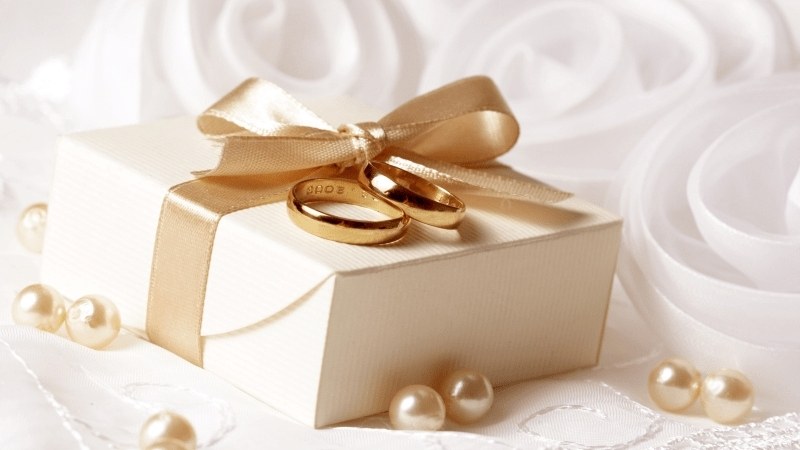
The traditional Korean wedding gift is cash, and it is usually given to the newlyweds to help them start their new life and their journey to independence. All the wedding guests are expected to present the couple with a white envelope when entering the celebration hall. On that occasion, the money is counted, and the given amount is recorded in the guest book. This money is given with the intention to, someday, find its way back to the original owner.
The married couple receives a gift when they get married, but once they attend a wedding in the future, they are expected to give the same amount for the wedding or more, but never less than what they received.
Traditional Korean Wedding Ceremony
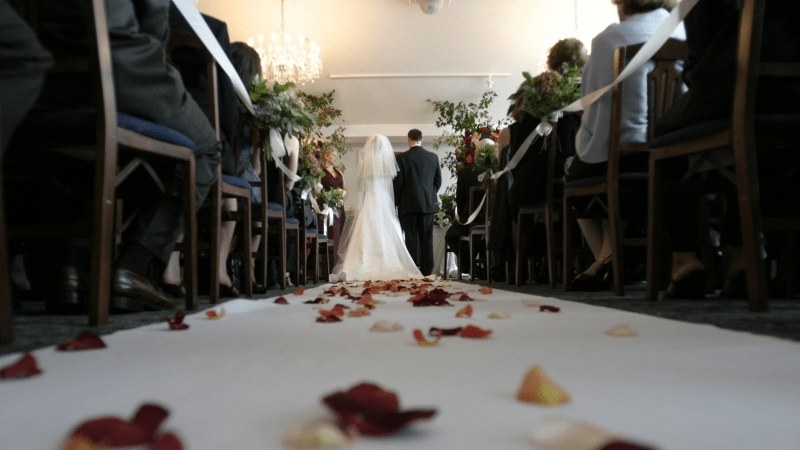
The wedding ceremony is the most significant event in a Korean wedding. It is not just about a celebration of love, but also about property and family. Traditional Korean weddings are made up of two parts: The ceremony and the reception.
The Korean wedding ceremony officially begins once both mothers enter the wedding hall. They are expected to carry the candles down the aisle and sit in the first row. Afterward, the groom enters the wedding hall himself, walks down the aisle after them, and waits for the bride to come in last.
The bride wears a traditional dress, light-blue Hanbok, which includes a skirt with lots of layers, a tight-fitting top with lots of buttons down the front. The groom also wears Hanbok, which is usually more straightforward than the bride’s outfit.
The bride is accompanied by her father or the oldest family member, then given to the groom, and they go on stage where the priest awaits, to unite them in the holy matrimony. The priest finishes the ceremony once they exchange their vows, and the wedding reception begins.
Although modern Korean wedding receptions share some traditions with Western cultures (like throwing a bouquet or having the first dance), the traditional Korean wedding reception is usually kept short and sweet. The newlyweds must greet every guest individually and thank them for attending the wedding during the reception.
The food is eaten at the table, and the meal mainly consists of traditional Korean food: noodles, yaksik, Kalbi Jim, and sweetened sticky rice as a dessert.
Korean Wedding-Related Vocabulary
| English | Romanization | Hangul (Korean) |
| bride | sinbu | 신부 |
| groom | sinlang | 신랑 |
| cocktail hour | kagteil awo | 칵테일 아워 |
| mother in law | sieomeoni | 시어머니 |
| father in law | siabeoji | 시아버지 |
| wedding | honlye | 혼례 |
| wedding vows | hon-in seoyag | 혼인 서약 |
| wedding celebration | gyeolhon chugha | 결혼 축하 |
| wedding venue | gyeolhonsigjang | 결혼식장 |
| photographer | sajin jagga | 사진 작가 |
| wedding banquet | gyeolhonsig yeonhoe | 결혼식 연회 |
| marriage ritual | gyeolhon uisig | 결혼 의식 |
| wedding hall | gyeolhonsig jang | 결혼식 장 |
| cash gifts | hyeongeum seonmul | 현금 선물 |
| groom wash | sinlang secheog | 신랑 세척 |
Learn Korean With Ling App!
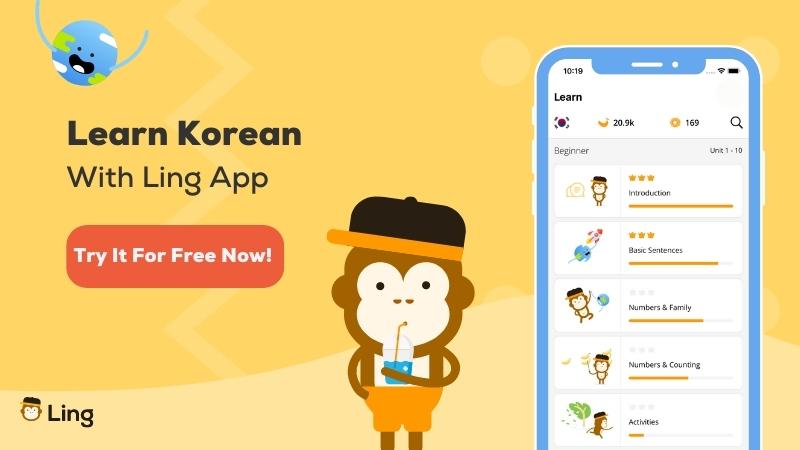
I’m sure you want to learn even more about Korean traditions! Our blog and Ling App will guide you through everything you need to know.
The Ling App is a fantastic app that helps people learn languages for free. Its easy-to-use user interface and gamified environment make learning a new language fun and entertaining.
Ling App has been downloaded by more than 100000 people from all over the world! All these users can’t be wrong, can they? In return, they’ve been able to learn over 60 languages throughout the app almost effortlessly.
Ling App is available on Android and iOS devices and promises to take you from zero language knowledge to complete fluency! So, what are you waiting for? Download the app and master Korean with us!
